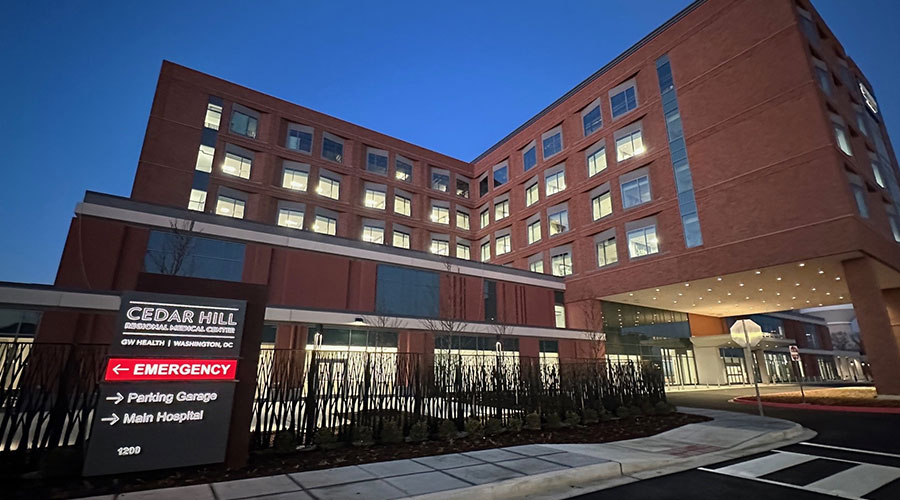By this summer, parents of babies in the neonatal intensive care unit (NICU) at Utah Valley Regional Medical Center in Provo, Utah, will be able to access live-stream video of their child 24 hours a day as well as have on-demand access to the physician's examination observations via video.
As part of a telehealth redesign, each of the 65 NICU beds will be fitted with two fixed cameras and one rotating camera, says a Healthcare IT News article. The video can be accessed by computer or mobile device.
Incorporating the video technology in the NICU helps parents retain a sense of connection with their baby and a sense of being involved in their care, as well as facilitate parent-physician communication, says the article.
NICUs nationwide are starting to install bedside cameras, with one of the earliest adopters of the technology being Bon Secours Richmond Health System in 2005, according to the article.
Read the article.

NICU bedside cameras keep parents connected, improve communication
As part of a telehealth redesign to give parents constant access to their babies, the NICU at Utah Valley Regional Medical Center in Provo, Utah is being fitted with 195 video cameras.
By Healthcare Facilities Today
April 11, 2013
Topic Area: Information Technology
Recent Posts
 Design Plays a Role in the Future of Healthcare
Design Plays a Role in the Future of Healthcare
With no healthcare facilities popping up, designers need to create spaces that will stand the test of time.
 Cedar Hill Regional Medical Center GW Health Officially Opens
Cedar Hill Regional Medical Center GW Health Officially Opens
It is the first freestanding, full-service hospital to be constructed in Washington, D.C., in over 25 years.
 Designing Healthcare Facilities for Pediatric and Geriatric Populations
Designing Healthcare Facilities for Pediatric and Geriatric Populations
Understanding the nuanced needs of both age groups is essential to creating supportive multi-generational environments.
 Kaiser Permanente Announces New Hospital Tower at Sunnyside Medical Center
Kaiser Permanente Announces New Hospital Tower at Sunnyside Medical Center
It plans to open this new facility on the campus in 2029.
 Building Disaster Resilience Through Collaboration
Building Disaster Resilience Through Collaboration
The ability to respond quickly and recover effectively depends on the strength of an organization’s external bonds.